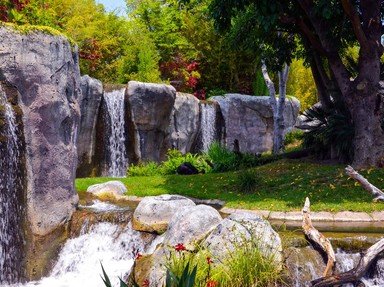On day five, we venture into the cooler, shadowy corners of the zoo to explore families that have thrived for millions of years.
Our first stop is the
House, home to some of the largest and most powerful predators on Earth. A massive
lounges near the water, its formidable jaws a testament to its status as the largest living reptile. Native to Southeast Asia and northern Australia, this ambush predator has remained largely unchanged for millions of years.
In a freshwater enclosure, an
moves slowly beneath the surface. This species is confined to the south-eastern United States. Despite its intimidating appearance, it is considered a conservation success story, having recovered from near-extinction in the early 20th century.
Perched on a sun-warmed rock, a
displays its long, narrow snout, perfectly adapted for catching fish in the rivers of India. Its unusual morphology sets it apart from other crocodilians and shows the diversity within this ancient family.
Next, we visit the
Enclosure, home to animals from around the world. A slow-moving
grazes on leafy greens. Native to the Seychelles, this species is famous for its incredible longevity and enormous size.
Nearby, a
swims gracefully in a freshwater pond, a semi-aquatic species native to North America. Its adaptability has allowed it to thrive in many environments, though it has also become invasive in some regions.
A
ambles past, an iconic species from some famous islands in the Pacific. Its evolutionary significance inspired Charles Darwin's theory of natural selection and demonstrates the importance of island conservation.
Finally, we enter the
Amphibian Hall, where little creatures show astonishing diversity and ecological importance. A
perches on a leaf, native to Central and South American rainforests and famous for its bright colouration and potent toxins that deter predators.
In a humid corner, a
clings to a branch. This arboreal species has adapted to life in the rainforest canopy. Its specialised pads enable it to navigate vertical surfaces with ease - a remarkable evolutionary adaptation.
On the forest floor, a
hops slowly. It is found widely across Europe and parts of Asia. Despite its unassuming appearance, it plays a vital role in controlling insect populations and maintaining ecosystem balance.

